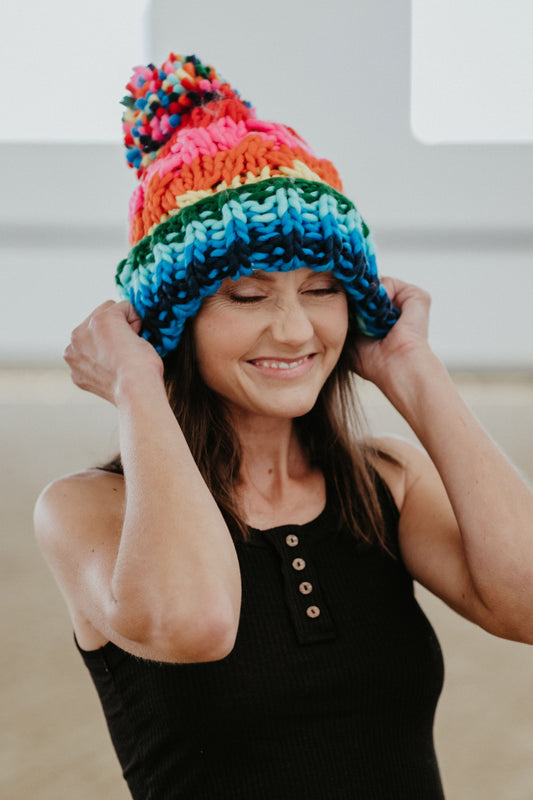Embracing Sustainability on Horseback
The equestrian world is known for its rich traditions and classic style, but as concerns about the environment continue to grow, many riders are now seeking ways to blend their passion for horse riding with a commitment to sustainability. Thankfully, a growing number of brands and manufacturers are stepping up to meet this demand, offering eco-friendly equestrian wear that doesn’t compromise on performance or style.
Materials Matter: The Building Blocks of Eco-Friendly Equestrian Fashion
One of the most critical aspects of sustainable equestrian attire is the material used. Conscious brands are turning to innovative, eco-friendly materials that provide comfort, durability, and weather resistance, all while minimizing environmental impact. Organic cotton, bamboo, and recycled polyester are popular choices, offering the breathability and stretch necessary for high-performance riding gear. These materials are not only gentle on the planet but also on the skin, reducing the risk of irritation that can come from synthetic, chemical-laden fabrics.
Longevity and Quality Over Quantity
It's not just the materials that define sustainable equestrian wear; it's also the quality and longevity of the products. Buying well-made items that last longer means reducing the frequency of replacement and, consequently, the overall consumption of resources. Sustainable brands focus on creating timeless designs and durable pieces that can withstand the rigors of equestrian sports, ensuring that riders won't have to constantly replace their gear.
Conscious Manufacturing and Brand Ethics
Savvy riders now look beyond the product itself to the practices of the brands they support. Eco-friendly equestrian brands are expected to adhere to ethical manufacturing processes, ensuring that the production of their wares does minimal harm to the environment. This includes using renewable energy sources, reducing water waste, and avoiding harmful chemicals. Moreover, these brands often champion fair labor practices, ensuring that everyone involved in the making of the wear is treated and compensated fairly.
The Rise of Vegan Equestrian Gear
Another significant shift in the equestrian attire industry is the introduction of vegan options. Traditional leather boots and saddles are gradually being supplemented with synthetic alternatives that mimic the properties of leather without the animal-based materials. These vegan options are not only cruelty-free but also tend to be lighter and require less maintenance, making them an appealing choice for the eco-conscious rider.
Recycling and Upcycling in Riding Attire
Finally, the end-of-life aspect of equestrian wear is getting the attention it deserves. Eco-friendly brands often offer recycling programs for their products or design them to be easily recyclable. Upcycling – the practice of transforming waste materials or unwanted products into new materials or products – is also gaining traction. Riders can now find unique, upcycled items ranging from saddle pads to show jackets, each with a history and character all its own.
Taking the Reins Toward a Greener Future
Sustainable style in the saddle is more than just a trend; it's a movement towards a more responsible and ethical way of enjoying equestrian sports. By choosing eco-friendly attire, riders can take a significant step towards reducing their environmental hoofprint, all while enjoying the sport they love. As more brands pioneer innovative practices and materials, the future of equestrian wear looks both stylish and sustainable, offering conscious riders the best of both worlds.
Shop Wonder Equestrian clothes








